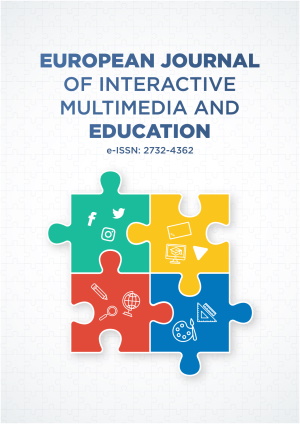Abstract
The article aims to reveal the role of education as a key component in the growth of nations, and it is essential for the construction of a more promising future for the nation’s youth, both as future professionals and as citizens, so that they may demonstrate their capacity to acquire the skills necessary for successful jobs. Technology development has led to the creation of many multimedia tools, which have enhanced the educational system. To boost one’s capacity for memory or understanding, one may use multimedia by combining more than one material with technology. Students, instructors, and educators need to have a solid understanding of how to use multimedia technologies that provide considerable educational advantages. This article presents an overview of numerous various kinds of multimedia tools that are used in learning and teaching. These technologies are beneficial in increasing educational quality as well as student performance in academics. Because the current generation in the coming decades is already acquainted with gadgets and other technical equipment, the educational system needs to make the most of this potential by adding multimedia tools into classroom settings.
License
This is an open access article distributed under the Creative Commons Attribution License which permits unrestricted use, distribution, and reproduction in any medium, provided the original work is properly cited.
Article Type: Research Article
EUR J INTERACT MULTIMED ED, Volume 4, Issue 2, July 2023, Article No: e02303
https://doi.org/10.30935/ejimed/13378
Publication date: 01 Jul 2023
Online publication date: 10 Jun 2023
Article Views: 3746
Article Downloads: 2033
Open Access References How to cite this article
 Full Text (PDF)
Full Text (PDF)